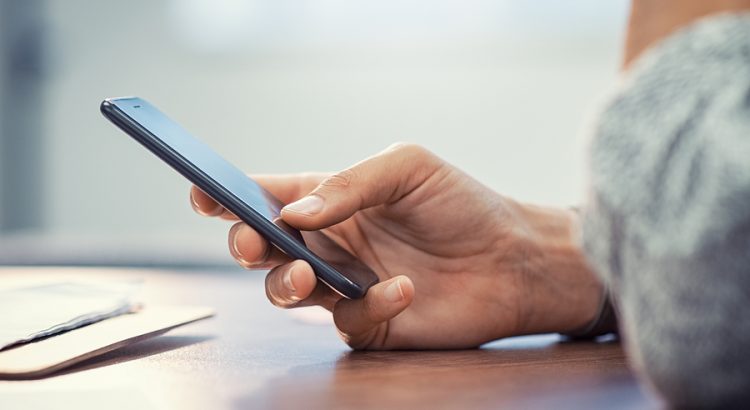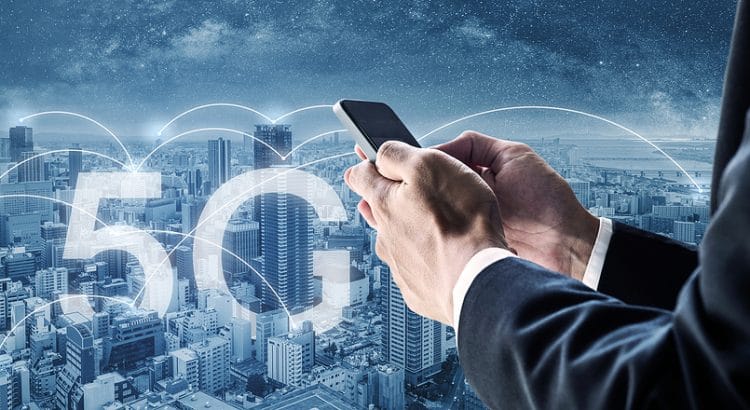In today’s press release from T-Mobile, the company claims that it has doubled the number of cities where it offers mid-band 5G service over the last month. The company expects to further expand mid-band, 5G coverage by the end of 2020:
While the press release involves an obnoxious amount of hype and marketing-speak, I think T-Mobile’s basic claim that mid-band service will bring consumers what they expect from 5G is more-or-less accurate. Low-band 5G doesn’t deliver speeds much better than what consumers are used to with LTE connections. Millimeter wave 5G coverage is still extremely sparse. With mid-band 5G, network operators can offer high speeds while still covering decent-sized areas.
For more information, see my page dedicated to T-Mobile’s 5G strategy.











